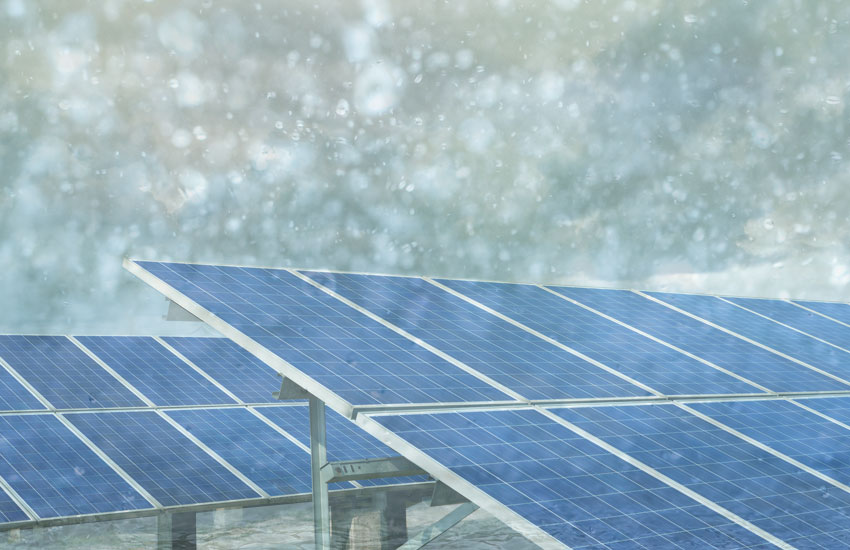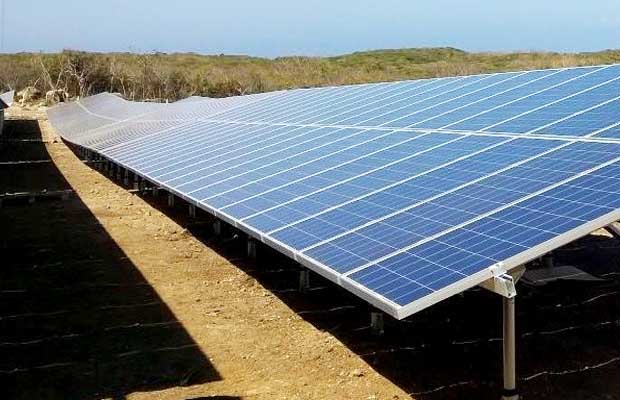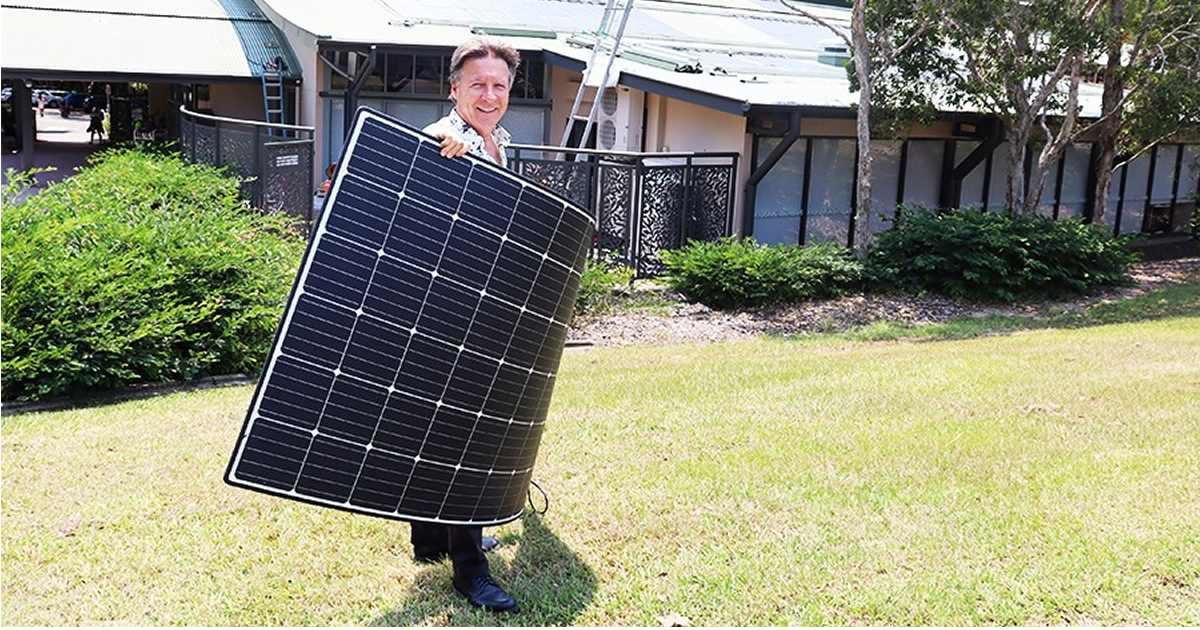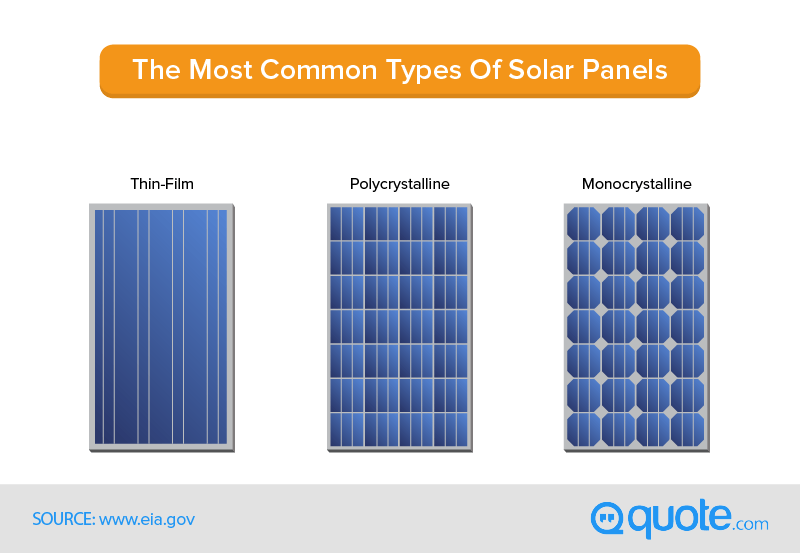According to the national renewable energy laboratory nrel most panels can hold up to most any hail storm or hurricane force winds for that matter.
How do solar panels hold up to hail.
But if you live in an area where large hail is common there are a few things you can do to minimize your risk.
One minute the sun is shining bright across the lone star state then suddenly debris the size of golfballs rattles down and wreaks havoc that s often expensive and stressful to repair.
Solar panel manufacturers test their panels and other products to make sure that they will be able to stand up in a hail storm.
The real truth is solar panels will generally hold up better than most roofs when it comes to hail storms and the potential of busted and or cracked panels.
In most cases solar panels are tested and certified to withstand hail of up to 25 mm one inch falling at 23 meters per second approximately 50 miles per hour.
This means you don t need to buy expensive covers for your solar panel setup.
The national renewable energy lab nrel in golden colorado can attest to the resilience of solar panels against extreme weather.
Most solar panels have a high wind rating and have undergone testing to ensure that the solar panels can handle hail up to one inch in diameter.
How 3 000 solar panels measured up against a massive hail storm.
In fact a 2017 hailstorm in denver that caused severe damage across the city proved the durability of solar panels.
The national renewable energy laboratory nrel researchers also work diligently to develop quality tests to ensure that solar panels will survive harsh weather like in a hailstorm 3 and not just in the wet or rainy seasons.
In addition the aluminum and glass casings that hold a solar panel s solar cells are highly waterproof even during extreme rain.
Solar panels and hail damage can happen in the blink of an eye.
Solar panels are strong enough to resist damage from most hail.
However if you re still concerned about hail damaging your solar panels you can always make your own hardcovers.
Solar panels and hail.




























